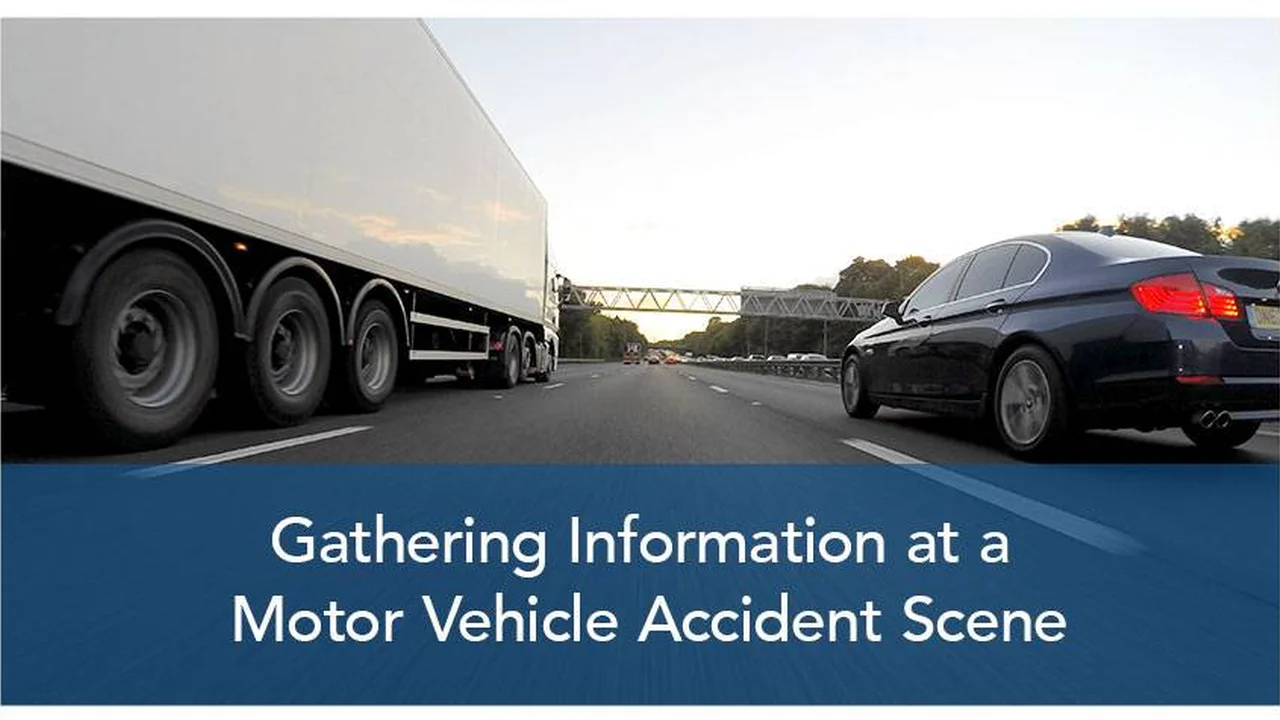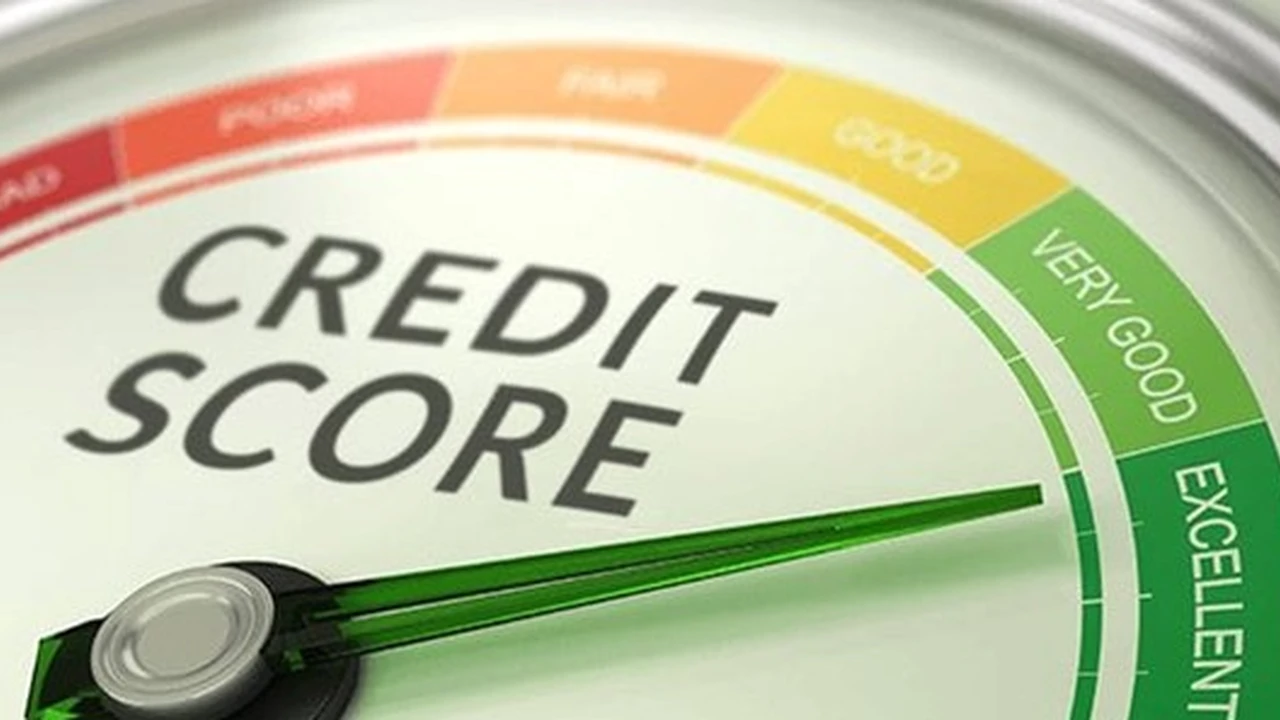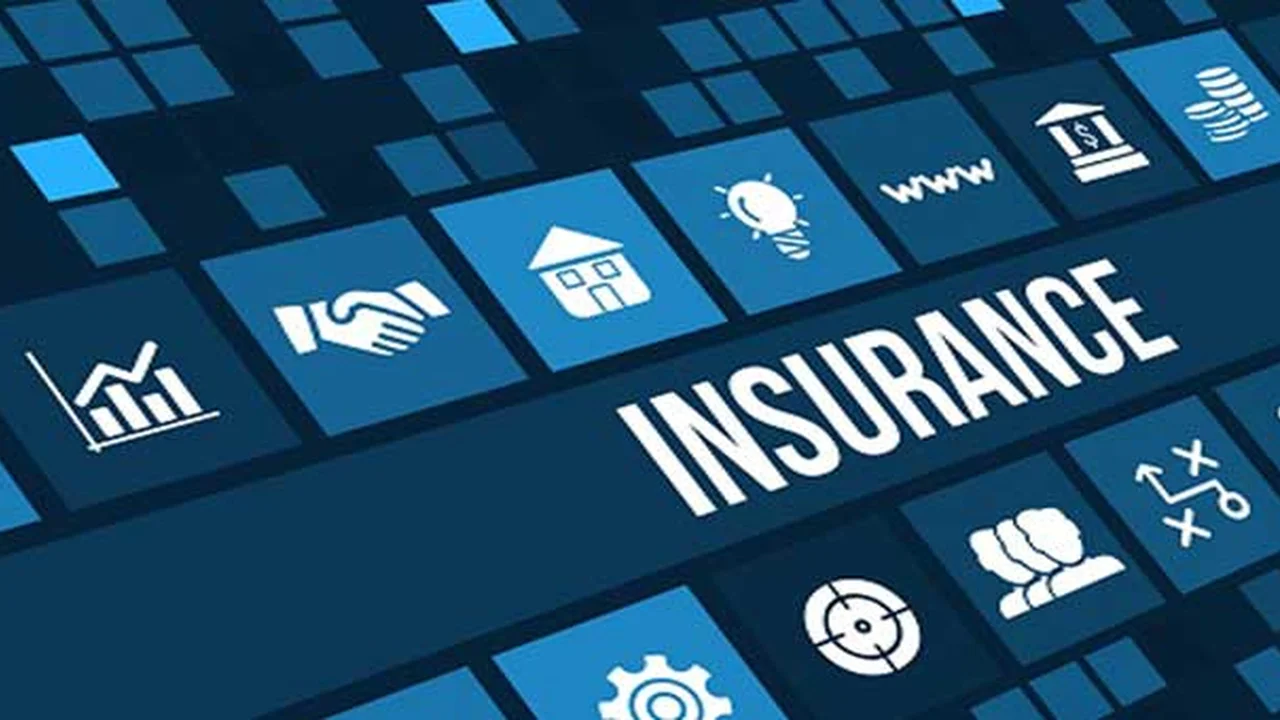Gathering Information at the Scene of an Accident

Car Accident Scene Investigation: Essential Information to Gather Immediately
Okay, so you've just been in a car accident. It's a stressful situation, no doubt. Your adrenaline's pumping, you might be shaken up, and your car probably isn't looking its best. But before you do anything else, it's crucial to gather as much information as possible right there at the scene. This info is going to be vital when you file your car insurance claim and deal with any potential legal issues down the road. Think of yourself as a detective, collecting clues to solve the mystery of what happened.
Exchanging Driver Information After a Car Crash: Names, Addresses, and Insurance Details
First things first, you need to exchange information with the other driver(s) involved. This isn't the time for accusations or arguments. Just be polite and professional. Get their full name, address, phone number, and driver's license number. Critically, you also need their car insurance information: the name of their insurance company, their policy number, and a contact number for claims reporting. Don't just write it down; take a picture of their insurance card and driver's license with your phone. This avoids any potential transcription errors later on. If the other driver is hesitant or refuses to provide this information, note down their license plate number and contact the police immediately. They can help you obtain the necessary details.
Documenting the Accident Scene: Photos, Videos, and Witness Statements
Visual documentation is your best friend. Grab your phone and start snapping pictures and shooting videos. Take photos of everything: the damage to all vehicles involved, the position of the vehicles on the road (before they're moved, if possible), any skid marks, traffic signals, road signs, and any other relevant details of the accident scene. Get close-up shots of the damage and wider shots to show the overall context. A video can be even more helpful, allowing you to narrate what you see and capture sounds that might be relevant (like the other driver admitting fault). If there were any witnesses to the accident, try to get their contact information. Their statements can be invaluable in supporting your claim. Ask them what they saw and if they’d be willing to provide a written statement. Their perspective can offer an unbiased account of the accident. Even a brief audio recording of their statement can be helpful, with their permission, of course.
Police Reports and Official Documentation: Obtaining and Understanding Your Accident Report
If the police were called to the scene, they will create a police report. This report will contain important information about the accident, including the date, time, and location of the accident, the names and contact information of the drivers involved, a description of the vehicles involved, a summary of what happened, and the officer's opinion on who was at fault. It's crucial to obtain a copy of this report. The process for obtaining a police report varies depending on your location. You can usually request it online, in person at the police station, or by mail. There may be a small fee associated with obtaining the report. Once you have the report, read it carefully and make sure all the information is accurate. If there are any errors, contact the police department to have them corrected. This report is a key piece of evidence for your insurance claim and any potential legal proceedings.
Reporting the Accident to Your Insurance Company: What to Say and What to Avoid
Once you've gathered all the necessary information, it's time to report the accident to your insurance company. Do this as soon as possible. When you speak with the insurance adjuster, be factual and concise. Stick to the facts of the accident and avoid speculation or assumptions. Don't admit fault, even if you think you might have been partially responsible. Let the insurance companies investigate and determine who was at fault. Provide the adjuster with all the information you gathered at the scene, including the other driver's information, photos, videos, witness statements, and the police report. Be prepared to answer questions about the accident, but don't feel pressured to provide any information you're not comfortable with. If you're unsure about something, it's okay to say you don't know. Keep a record of all communication with the insurance company, including the date, time, and content of each conversation. This will be helpful if any disputes arise later on.
Essential Gear for Accident Preparedness: Dash Cams, First Aid Kits, and Emergency Roadside Kits
Being prepared for an accident is just as important as knowing what to do after one. Consider investing in some essential gear to keep in your car. A dash cam can provide irrefutable evidence of what happened in the event of an accident. A first aid kit can help you treat minor injuries. And an emergency roadside kit can help you deal with breakdowns or other unexpected situations.
Dash Cam Recommendations: Comparing Features, Performance, and Price
Let's talk dash cams. They're like having a silent witness in your car, recording everything that happens on the road. Here are a few popular models to consider:
- Vantrue N4 Pro: This is a top-of-the-line dash cam with three lenses: one facing forward, one facing inside the cabin, and one facing rearward. It records in 4K resolution and has excellent night vision. It retails for around $300. Its strengths are the comprehensive coverage and high resolution, making it easy to capture details. The downside is the higher price point.
- Garmin Dash Cam 67W: A smaller, more discreet option from a reputable brand. It records in 1440p resolution and has a wide 180-degree field of view. It features voice control and automatic incident detection. It costs around $200. This camera is known for its user-friendly interface and reliable performance. However, the resolution is slightly lower than the Vantrue N4 Pro.
- Rexing V1P Pro Gen3: A more budget-friendly option that still offers good performance. It records in 1080p resolution and has a wide 170-degree field of view. It includes features like loop recording and parking mode. It's available for around $100. This is a great value option for those on a budget. The image quality isn't as sharp as the more expensive models, but it still provides sufficient evidence in most cases.
When choosing a dash cam, consider factors like resolution, field of view, night vision capabilities, storage capacity, and ease of use. Read reviews and compare features to find the best option for your needs. Think about how you would use the dashcam. Are you primarily concerned about recording accidents? Or do you also want to capture scenic drives? This will help you narrow down your choices.
First Aid Kit Essentials: Preparing for Minor Injuries at the Accident Scene
A well-stocked first aid kit is a must-have in any car. Make sure yours includes the following:
- Adhesive bandages of various sizes
- Gauze pads and tape
- Antiseptic wipes
- Pain relievers (like ibuprofen or acetaminophen)
- Scissors
- Tweezers
- Latex-free gloves
- A first aid manual
You can buy pre-assembled first aid kits or create your own. Just make sure you have all the essential items. Consider adding items specific to your needs, such as medications for allergies or asthma. Regularly check your first aid kit to ensure that the supplies are not expired.
Emergency Roadside Kits: Dealing with Breakdowns and Unexpected Situations
An emergency roadside kit can help you deal with breakdowns, flat tires, or other unexpected situations. Look for a kit that includes the following:
- Jumper cables
- A flashlight with extra batteries
- A tire inflator
- A multi-tool
- A warning triangle or flares
- A blanket
- Water and snacks
You can find pre-assembled emergency roadside kits at most auto parts stores. Choose a kit that is appropriate for your climate and driving conditions. For example, if you live in a cold climate, you might want to include extra blankets and warm clothing. Always keep your emergency roadside kit in an easily accessible location in your car.
Navigating the Car Insurance Claims Process: Understanding Your Rights and Responsibilities
The car insurance claims process can be complex and confusing. It's important to understand your rights and responsibilities. Familiarize yourself with your insurance policy and know what is covered. Don't hesitate to ask your insurance company questions if you're unsure about something. If you're not happy with the way your claim is being handled, consider consulting with an attorney. Understanding the different types of car insurance coverage (liability, collision, comprehensive, etc.) is crucial. Knowing what each type covers will help you understand what your policy will pay for in the event of an accident.
:max_bytes(150000):strip_icc()/277019-baked-pork-chops-with-cream-of-mushroom-soup-DDMFS-beauty-4x3-BG-7505-5762b731cf30447d9cbbbbbf387beafa.jpg)






